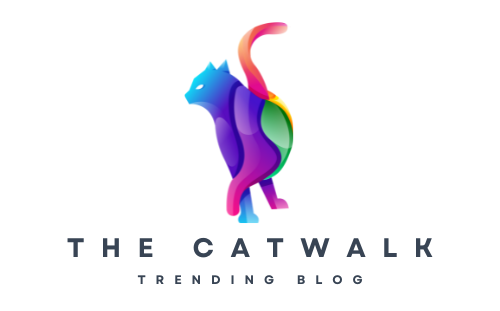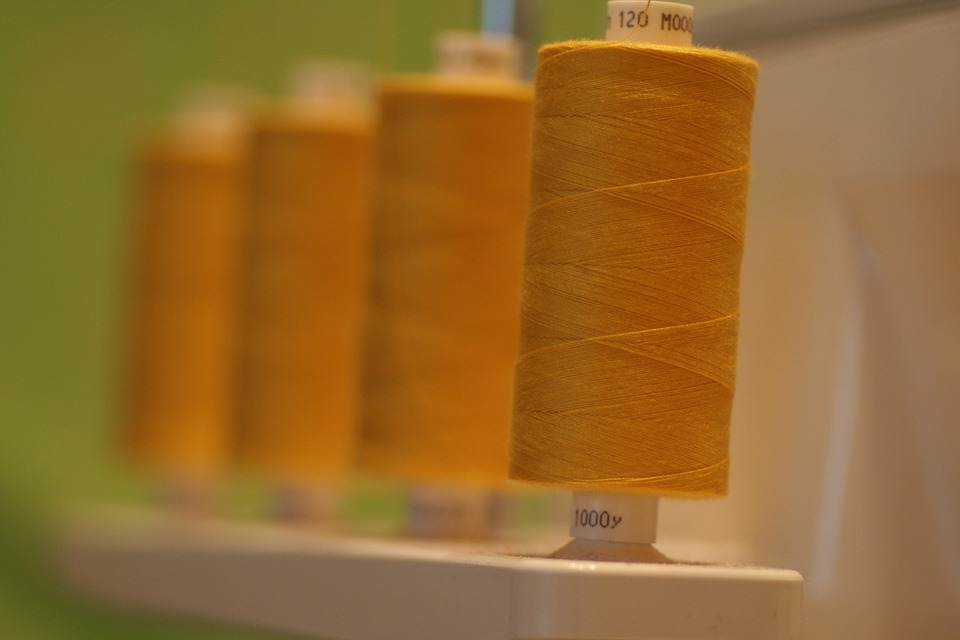Are you confused by the variety of materials available in the market today? That’s why we have prepared a practical guide that will show you the properties, drawbacks, and uses of individual materials or how you should care for a particular fabric. Today, we’re going to discuss polyester.
Polyester was first used as an impregnating agent during the First World War. Today, it is one of the most widely used materials. What properties does it have, and why is it used so much? Let’s dive into it!
What is Polyester?
Polyester is a type of synthetic fiber. It is made of various substances, but most of them are so-called PET (polyethylene terephthalate). Polyester fiber is mainly produced by extruding a liquid mass through a nozzle to form fibers. The amount of polyester fiber itself used is minimal. Combinations of polyester and other substances are far more often used as additives, as they have far better properties than the material itself. Blending polyester with other fibers provides the valuable properties required for clothing: it holds its shape, does not wrinkle, and dries quickly.
Characteristics of Polyester
Polyester fibers have a low moisture content and, conversely, an excellent ability to remove moisture. Fabrics blended with polyester dry relatively quickly. In particular, polyester is wrinkle-resistant, which is perfect for women. Polyester fibers themselves are very shiny, giving the fabric a silky appearance.
What Is Polyester Made Of?
Polyester fiber is mainly used in combination with other materials. For example, polyester fiber can be combined with elastane fiber to create a fabric with a silky sheen and flexibility.
It is produced in various forms and can be used in a variety of applications, from underwear to protective clothing, sportswear, and household textiles. As you can see, the polyester applications are very diverse.

Manufacturing Process of Polyester
Polyester is first extracted from petroleum, and it then undergoes a chemical process called polymerization. There are five steps in the manufacturing process, which are presented below.
Step 1: The oil is treated with chemicals and brought to polymerization.
Step 2: Then, through another process, the polymerized material takes the form of a solid abrasion, resulting in a porcelain-like material.
Step 3: Next, the solid abrasive is melted or extruded into a tube, and this mixture is heated to make it liquid at the other end of the tube.
Step 4: Next, the liquid from the previous step is processed in a spinning machine to make continuous filaments. To make them grow many times, they are passed through a spinning tube to give them strength and elasticity.
Step 5: To complete this process, the yarn is curled and cut to obtain the basic polyester yarn. Finally, once you have this primary polyester thread, you can make your clothes or mix it with other fabrics, such as cotton, to improve your sewing results.
Working With Polyester
Polyester fabrics should be washed at low temperatures (below 30°C). Also, if possible, turn the garment upside down to prevent lumps from forming on the garment. If ironing is necessary, it is better to apply it over a wet cloth. In general, however, it is not recommended to iron, bleach, tumble dry, or dry clean polyester laundry unnecessarily.
Benefits
A thorough analysis of the use of polyester will reveal a series of advantages. These advantages make this fiber a preferred choice in many industries. Here is a summary of the main advantages
-The fiber is easy to make.
-Wrinkle resistant.
-Resistant to stretching.
-It can be mixed with other types of materials.
-It is resistant to weather conditions and temperature changes.
-Polyester is inexpensive compared to other materials.

Disadvantages of Polyester
When it comes to polyester, not everything is advantageous, and some negative aspects must be pointed out from an objective point of view. Let’s take a look.
-This is a fiber that does not promote airflow.
-The fabric adheres to a person’s skin.
-It will not absorb sweat from a person’s skin.
-It does not remove oil and sebum stains.
-It is susceptible to static electricity.
-Polyester fiber is difficult to dye and cannot be dyed with commonly available dyes.
Share your thoughts with us in the comments below!



